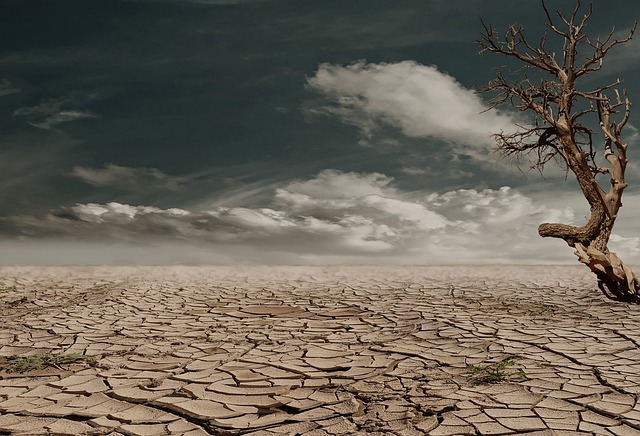Understanding Soil Erosion’s Impact on the Environment and Climate Change
Soil erosion is often considered an invisible threat, quietly taking place beneath our feet while we go about our daily lives. Yet, its impact is devastating, resonating through both environmental and climate changes that affect us all. The earth beneath us is more than just dirt; it is a complex ecosystem that plays a crucial role in maintaining balance in our environment.
The Environmental Toll of Soil Erosion
As soil erodes, we lose not just the topsoil, which is vital for plant growth, but also the essential nutrients that sustain entire ecosystems. This process is exacerbated by human activities such as deforestation, agricultural practices, and urban development. In urban areas, the expansion of cities often leads to the stripping of vegetation, exposing soil to the harsh effects of wind and rain. When it rains, this loose soil washes away, contaminating waterways and leading to sedimentation that can smother aquatic life.
Moreover, the loss of vegetation due to soil erosion can lead to a decline in biodiversity. Plants are not just beautiful; they are integral components of our ecosystem, supporting countless insects, birds, and other wildlife. With diminishing plant life, we witness a ripple effect that impacts everything from pollination to food chains, eroding the intricate web of life that sustains our environment.
The Connection Between Soil Erosion and Climate Change
The relationship between soil erosion and climate change is critically intertwined. Healthy soils help sequester carbon dioxide from the atmosphere, acting as a buffer against climate change. However, as soil erodes, it releases stored carbon back into the atmosphere, contributing to the very problem we are trying to combat. The cycle of erosion, loss of vegetation, and increased carbon emissions creates a precarious feedback loop with serious implications for our planet.
Aside from carbon loss, eroded soil affects the water cycle. Healthy soils absorb and retain water, reducing surface runoff and replenishing groundwater supplies. Eroded soils, on the other hand, lead to increased surface runoff, which can result in flooding and the depletion of freshwater resources. This is especially concerning as droughts and extreme weather patterns become more prevalent due to climate change.
What We Can Do
Understanding the impact of soil erosion on the environment and climate change is the first step toward addressing this silent crisis. There are actionable steps we can take as individuals and communities to combat soil erosion and protect our planet. Sustainable farming practices, reforestation efforts, and responsible land use can all contribute to mitigating soil erosion.
Additionally, supporting policies that prioritize soil health and restoration can make a significant difference. Advocating for practices that improve soil preservation while minimizing emissions will help create a healthier environment for future generations.
Soil erosion may seem like an issue that occurs away from our daily concerns, but it is a problem that reaches deep into the heart of our environmental and climate challenges. By recognizing its impact and taking proactive steps, we can work towards a sustainable future, ensuring that the ground beneath our feet remains a source of life rather than a harbinger of destruction.



